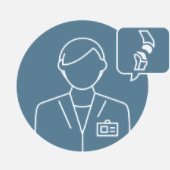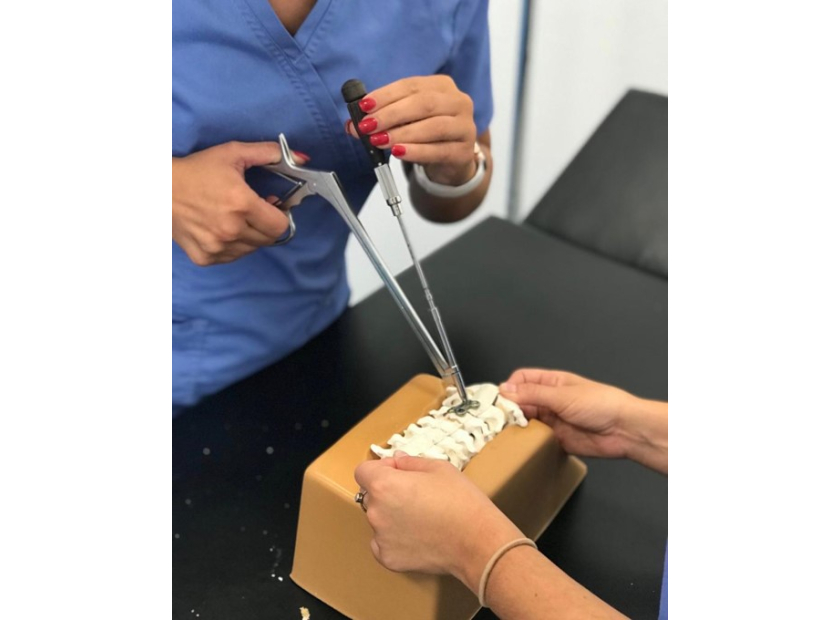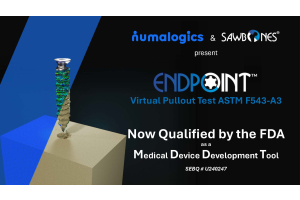How Surgical Training Models Create Better Outcomes for Future Surgeons
There are many reasons that surgical training models can improve education and eventually lead to better patient outcomes. Their affordability, availability, details, and features offer a path to education that wasn't always available in the past. Residents can only learn so much from books and videos. Medical education models take training a step further by offering a simulated practice environment. With suitable models, they can replace hard-to-source cadavers and support a well-rounded education.
7 Reasons Surgical Training Models Lead to Better Outcomes
Surgical demonstration models have grown much more sophisticated over the years. So much so that they can now replace many standard training practices only used on cadavers. Many of the best medical educators use them because they benefit residents in seven primary categories:
#1: Testing student dedication
Many factors influence a students’ choice of medical specialty, the foremost being experience. The theoretical practice of medicine has different stakes than the actual surgery. Students exposed to a surgical training model may discover they'd prefer to avoid certain specialties. As this occurs before any significant resident progress has started, this saves valuable time and resources on individuals who haven’t found the right fit.
#2: Reduced cadaver need
Medical schools typically acquire cadavers through body donation programs. The availability depends upon local legislation, customs, religious beliefs, and socioeconomic factors. They take a long time to dissect, and the embalmed cadaver presents flat and compressed organs that do not match the colors of a living human. Surgical models are much easier to obtain and a far more suitable alternative for new students and residents.
#3: Variety
Cadavers are a "take it or leave it" option in medical training that may not expose individuals to specific injuries and conditions. Sometimes certain organs are inaccessible or destroyed. On the other hand, medical models can display all types of injuries and illnesses. They're even customizable for the testing of new procedures.
#4: Versatility
Instructors could demonstrate multiple open and arthroscopic procedures on the same model while replacing a minimal number of parts. Individuals can watch all these procedures and discover the best possible options and their strengths and weaknesses.
#5: Scalability
Many medical training models are fully buildable. That means that instructors can add or subtract pieces as skill levels change. The model can essentially grow with the resident. As they demonstrate expertise, models can be made more complex to continue challenging them.
#6: Repetition
Residents can practice skills over and over again on the same models, improving every single time. This process works for basic medical training and aids those who've been out of surgery for a while. It's an opportunity to brush up on skills in a low-pressure environment.
#7: Affordability
Despite being donated, institutions typically pay for the preparation, maintenance, and burial of cadavers. Additionally, cadaver labs cost millions of dollars to found and maintain. Medical models are less expensive than cadavers, but that's not the only area they offer savings. A good model can be used repeatedly for years to come and usually only requires the replacement of minor parts rather than the whole thing.
What to Look for When Seeking a Medical Model Provider
The only way to improve surgical outcomes by using medical models is to choose the right ones. However, it's a pretty big industry – projected to reach $3.7 billion in value by 2025. It's not easy for even the most experienced procurement officers or medical professionals to choose suitable options for themselves. It's best to vet the company as a whole to predict the likely outcome of any purchases. There are six key attributes on which to focus.
Reputation |
Manufacturing partnerships |
Model types |
|
An excellent medical model company is known in the industry. Its name might even be synonymous with the models themselves. Purchasers should vet the reputation by asking experienced administrators and educators which brands they use and letting that guide their decisions. |
Some medical model providers are simply drop-shippers. They advertise products from third-party providers, purchase them wholesale, and resell them. The best providers will have direct manufacturing partnerships so they can create custom options. |
Rarely is one organization using a single model type. They may need surgical demonstrations, displays, patient education tools, and more. An excellent provider can service every organization, from teaching hospitals to medical device inventors and sales professionals. |
Model variety |
Rental options |
Locations |
|
It's much more cost-effective and predictable to purchase all models from the same company, but some companies only offer niche options. Ideally, the model creators can provide everything from customized training devices to veterinary anatomical models and more. While no company can provide everything, the more extensive the product catalog, the better. |
It's not always reasonable to purchase a model outright. Someone holding a short seminar, for example, may wish to rent instead of buy. Many medical manufacturing companies will offer rentals to allow these individuals to save money and only use what they need. This option is cost-effective for smaller organizations. |
Medical models aren't overnight-delivery products. It takes time to create them and even more to ship them safely. Ideally, purchasers will seek out options within their geographic region to cut down on turnaround and limit the risk of damage during transit. This process also eliminates those lengthy customs checks that can delay lesson plans. |
Choosing the right company will help educators get the most out of surgical training models. A cutting-edge model will allow educators to create detailed lesson plans, guiding students through major treatments, injuries, diagnoses, and more. Working with a well-respected, capable provider is the best possible way to update and improve medical training and curriculum for future surgeons.
Sawbones is an established, well-respected provider of surgical training models for institutions worldwide. Connect with us at 206-463-5551 or contact us online to learn more about our options for medical training.

If you're seeking something you can't find on our website, our sales team is happy to help. We can either direct you to the right model or provide a free quote on the right custom project to meet your needs. Discover options with our clear bone models, laminated blocks, custom displays, or other machining projects.








